✪✪✪✪✪ http://www.theaudiopedia.com ✪✪✪✪✪ What is ECHOCARDIOGRAPHY? What does ECHOCARDIOGRAPHY mean? ECOCARDIOGRAPHY meaning. Echocardiogram, often referred to as a cardiac echo or simply an echo, is a sonogram of the heart. (It is not abbreviated, as ECG is an abbreviation for an electrocardiogram.) Echocardiography uses standard two-dimensional, three-dimensional, and Doppler ultrasound to create images of the heart. Echocardiography has become routinely used in the diagnosis, management, and follow-up of patients with any suspected or known heart diseases. It is one of the most widely used diagnostic tests in cardiology. It can provide a wealth of helpful information, including the size and shape of the heart (internal chamber size quantification), pumping capacity, and the location and extent of any tissue damage. An echocardiogram can also give physicians other estimates of heart function such as a calculation of the cardiac output, ejection fraction, and diastolic function (how well the heart relaxes). Echocardiography can help detect cardiomyopathies, such as hypertrophic cardiomyopathy, dilated cardiomyopathy, and many others. The use of Stress Echocardiography may also help determine whether any chest pain or associated symptoms are related to heart disease. The biggest advantage to echocardiography is that it is noninvasive (doesn’t involve breaking the skin or entering body cavities) and has no known risks or side effects. Not only can an echocardiogram create ultrasound images of heart structures, but it can also produce accurate assessment of the blood flowing through the heart by Doppler echocardiography, using pulsed or continuous wave Doppler ultrasound. This allows assessment of both normal and abnormal blood flow through the heart. Color Doppler as well as spectral Doppler is used to visualize any abnormal communications between the left and right side of the heart, any leaking of blood through the valves (valvular regurgitation), and to estimate how well the valves open (or do not open in the case of valvular stenosis). The Doppler technique can also be used for tissue motion and velocity measurement, by Tissue Doppler echocardiography. Echocardiography was also the first ultrasound subspecialty to use intravenous contrast. (See Contrast Echocardiography) Echocardiography is performed by cardiac sonographers, cardiac physiologists (UK) or doctors trained in echocardiography. Recognized as the “Father of Echocardiography”, the Swedish physician Inge Edler (1911-2001), a graduate of Lund University, was the first of his profession to apply in diagnosing cardiac disease ultrasonic pulse echo imaging technique, a technique that the acoustical physicist Floyd Firestone had developed to detect defects in metal castings. In fact, Dr. Edler in 1953 produced the first echocardiographs using an industrial Firestone-Sperry Ultrasonic Reflectoscope. In developing echocardiography, Edler worked with the physicist Carl Hellmuth Hertz, the son of the Nobel laureate Gustav Hertz and grandnephew of Heinrich Rudolph Hertz.
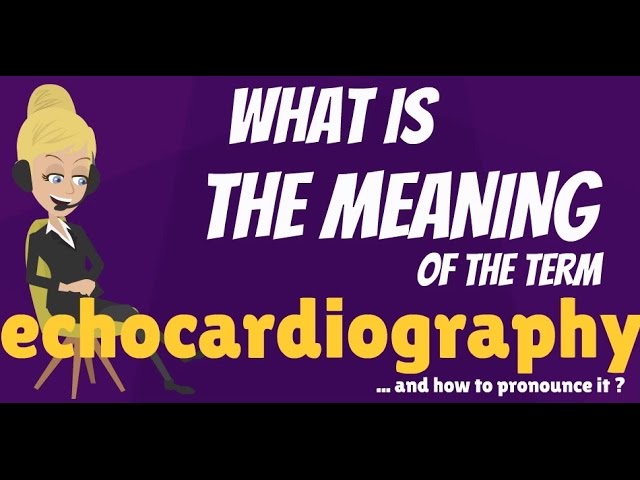
What is ECHOCARDIOGRAPHY? What does ECHOCARDIOGRAPHY mean? ECOCARDIOGRAPHY meaning
- Post author:
- Post published:June 2, 2021
- Post comments:0 Comments
You Might Also Like
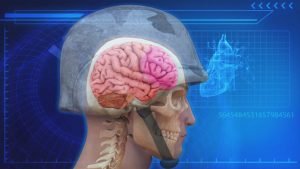
Traumatic brain disorder ‘signature injury’ Afghanistan, Iraq wars

Oral Skin Nutrition Video – 1

What causes headache vomiting and diarrhea ? | Health Channel

During Workout Nutrition Video – 1

Intermittent Fasting & Fasting Video – 1
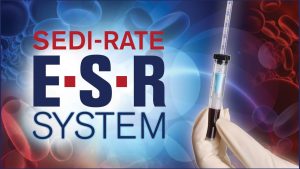
Sedi-Rate ESR System from Globe Scientific

Tyrone Bell – How to fix Lagging Muscle Groups | TY-TV

Atenolol 100 mg

HealthPhone™ Tamil தமிழ் – Anaemia: Blood and Iron Deficiency – Food and Nutrition Board (FNB)
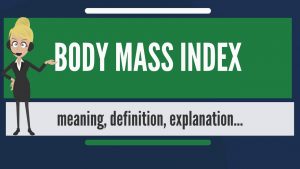
What is BODY MASS INDEX? What does BODY MASS INDEX mean? BODY MASS INDEX meaning

Optometry Video – 3

One Arm Row Dumbbell-7

World’s Best Fish Oil – Omega 3 at CHEMIST SHOP | Cheapest | Guaranteed Results

Stability Ball Hyperextension – HASfit Low Back Exercises – Lower Back Exercise
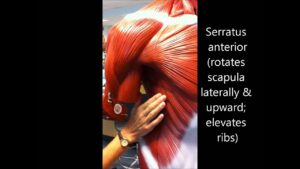
Anatomy and Physiology Of The Human Body – Muscles (captioned) HD 1080pi

How do scars form? – Sarthak Sinha

25 Different Squat Exercises
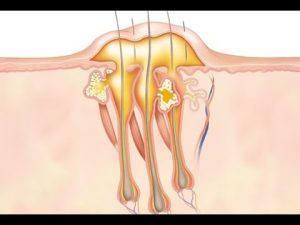
What is a Carbuncle? Mr. Popper’s World’s Largest Cysts & Boils

Advantages Of Yoga Video – 6

Child And Adolescent Psychiatry Video – 2

HAMMER CURLS- 5 DIFFERENT TYPES- Rich Piana

Nutrition Talks: Navigating the Dining Hall to Avoid Unwanted Weight Gain

30 Foods for Arthritis: Arthritis foods

Quick Leg Burn – Beginner to Advanced Lower Body Workout Routine

Anabolic Outlaws Presents : Dragon Tabs

What happens inside your body when you exercise?

Orthostatic Hypotension ¦ Treatment and Symptoms

Aroma Therapy Video – 3

What Is Insulin Resistance ? | Dr. Eric Berg

BEST Tricep Exercise for MASS – Close Grip Tricep Press

$1,000 OFF HAIR TRANSPLANT – May 2018

VikingGenetics – adding value every day (English Version)

Single Arm Tricep Extension – Quick Exercise Demo

Barbell Shrugs – Shoulder n Traps – Upper Body Workout Routine

Testosterone & Androgenic Effects Video – 40

Massage Spa Video – 3
Anabolic Steroids – History, Definition, Use & Abuse

EFFECTIVE Type 2 Diabetes Diet Plan: See Top Foods & Meal Plans to REVERSE Type 2 Diabetes

How To: Bench Dip

Human Body, Body Building Muscle Building Anatomy Physiology Video – 21

MICRONUTRIENTS: WTF? Minerals and Their Benefits (Zinc, Iron, Magnesium)

